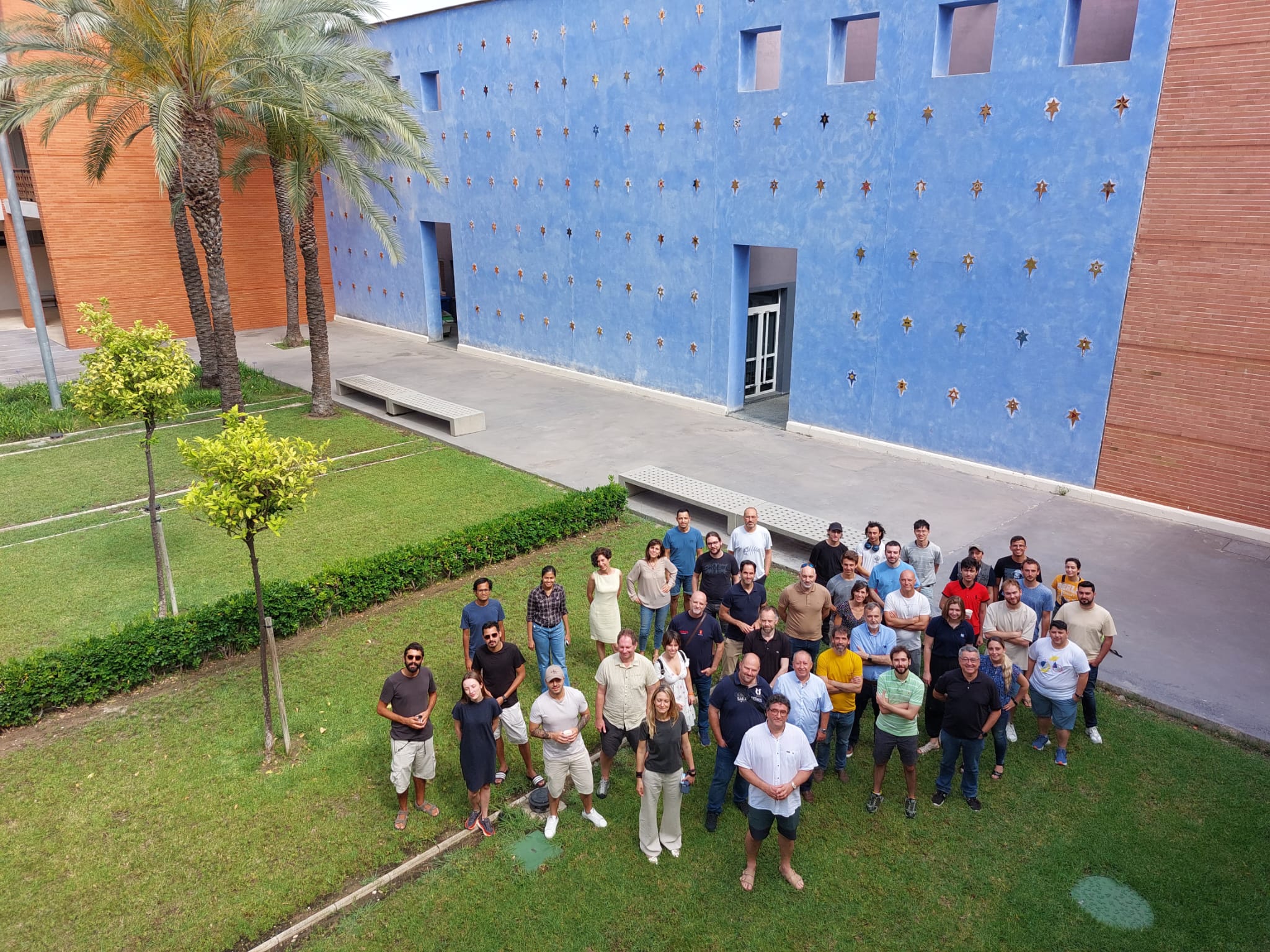Summer School - Edition 2023

The 2023 Edition of the Master Waves Summer School took place from Monday 19th to Friday 23rd June, at Gandia Campus. The theme of this edition is Ecosystems acoustics which gathers two complementary aspects:
- a first part of the Summer school will be dedicated to Fisheries acoustics tools with 5 talks
- then a second part will focus on the effects of anthropogenic noise.
Social activities include
- networking sessions,
- a harbour lab visit,
- a day-long visit to the Tuna tour, i.e., a visit of the Balfegó Tuna
Facilities in L’Ametlla de Mar (Tarragona).
Download detailed program.

Workshop "Fisheries acoustics"
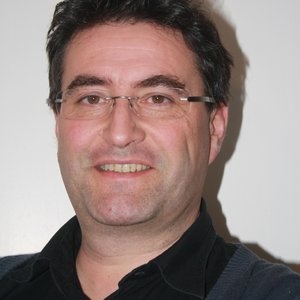
His talk will introduce the basic concepts and technics of fisheries acoustics.
Rolf Korneliussen is Head of Research/Research Manager of the Department of Marine Ecosystem Acoustics of the Norwegian Institute of Marine Research at Bergen. Experienced Principal Scientist with a demonstrated history of working in the research industry, he developed skilled in Physics, Data Analysis, Acoustical, Fortran, and Acoustics. He has a strong research professional with a Doctor of Science focused in Physics (acoustics) from Universitetet I Bergen (UiB), and is a featured member of the Working Group of Fisheries Acoustics (WGFAST) of the International Council for the Exploration of the Sea (ICES).
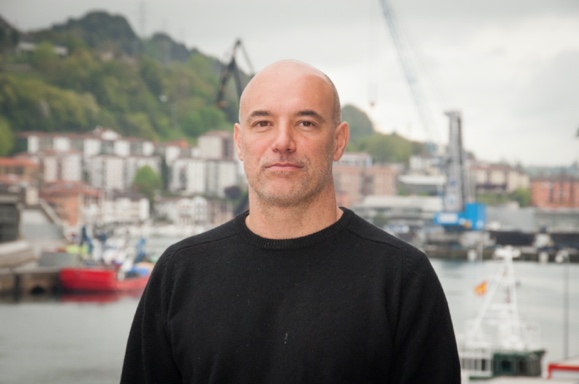
Estimation of target strength (TS) is fundamental to the acoustic methodology of abundance estimation, as it provides the acoustic response of a single individual, which is the key conversion factor between acoustic measurement and number of individuals. Consequently, a biased TS will result in an abundance bias in the opposite direction. This presentation will cover a basic understanding of target strength and its importance in trawl acoustic methodology. I will also describe the main methods used and the main difficulties encountered when attempting to estimate this important parameter.
Guillermo Boyra (AZTI) is a marine scientist with a background in physics and a PhD in fisheries acoustics. His main research interests are stock assessment using trawl acoustic methods (with a focus on pelagic and mesopelagic species), TS analysis and remote discrimination of fish species and size using acoustic sensors. He has led an annual trawl acoustic survey focusing on pelagic species (JUVENA) since its inception in 2003. He specializes in post-processing acoustic data by writing scripts and is an enthusiast of the open-source R language. He has published more than 30 scientific papers in international SCI journals. He has led about 25 research projects in Spain and participated in several international projects.
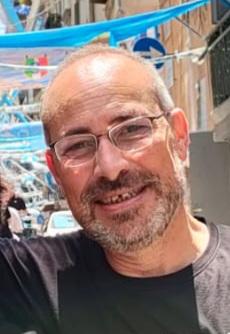
This talk aims to introduce students to the knowledge of one of the most important industrial applications in fishery acoustics: the echosounding satellite buoys for tuna fishery in tropical marine areas. The talk includes an introductory part where the general aspects of the tuna fishery, from an economic point of view to the purely technical aspects of fishing, will be related to environmental impact problems and management strategies. Subsequently, after an overview of the Zunibal SL, the modus operandi for the echosounder realization for the satellite buoys will be presented. Finally, working progress and future projects will be described highlighting the technical part and the requests for future acoustic technicians.
Lucio Calise is a physical oceanographer with expertise in fisheries acoustics. He got his M.Sc. in Marine Science at Istituto Universitario Navale of Naples (Italy) and the Ph.D. at Institute of Physics and Technology of the University of Bergen (Norway). His focus interests are narrow- and broadband- acoustic systems realization and acoustical scattering from fluid-like and gas-bearing targets. He has worked in Government institutions and private companies of different countries acquiring a long experience in seagoing operations with scientific and fishing vessels, in- and out-door laboratory works, and data processing and modelling for fishery acoustics. Since almost ten year he is Senior Engineer at the R&D section of Zunibal SL as Acoustic Projects Leader.
This talk will provide an overview of the use of omni-directional sonars to quantitatively measure the structure, behaviour, and biomass of pelagic fish schools.
Dr. Gavin Macaulay (Aqualyd) specialises in the use of underwater sound to study and monitor the marine biological environment. His introduction to fisheries acoustics was through a Mechanical Engineering Ph.D. on finite element modelling of acoustic scattering. This led to work in the fisheries acoustics field mainly in New Zealand and Norway working on species as diverse as orange roughy, hoki, (southern) blue whiting, herring, Atlantic mackerel, and most recently, Antarctic krill. His main focus has been fish target strength, the use of broadband acoustics, and the standardisation of acoustic data formats.

This talk will cover recent research utilizing active broadband acoustics to detect and characterize behaviour of fishes with special focus on behaviour response of fishes (avoidance) to research vessels.
Geir Pedersen joined the Norwegian Institute of Marine Research in 2019 where he works with underwater acoustics. Specifically, the further development of active acoustic methods for ecosystem monitoring, monitoring of underwater noise and its effect on marine ecosystems, and alternative platforms for acoustic observations (e.g., ocean observatories and remotely operated vehicles). Geir has a PhD in underwater acoustics from the University of Bergen.
Luis M. Godinho (Univ. Coimbra)
Vicente Puig-Pons (Univ. Politecnica Valencia)
Workshop "Anthropogenic noise effects"
Manuel Bou-Cabo (IEO-CSIC)
In the talk, topics related to the characterization of acoustic landscapes will be explained, as well as the necessary steps for the proper acquisition of acoustic data and their subsequent analysis, related to the identification of the existing sounds and the development of algorithms.
Guillermo Fernan Lara Martínez studied Telecommunications Engineering at the Universitat Politècnica de València (UPV). In 2016 he obtained his PhD in the analysis and modeling of bioacoustic signals. After working for several years in the Signal Processing Group of the ITEAM - UPV (Institute of Telecommunications and Multimedia Applications) designing passive acoustic monitoring devices and analyzing the acoustic data captured by said devices, he studied the Master's Degree in Electronic Systems Engineering at the Universitat Politècnica de València, thus becoming an electronic engineer. He currently works in the underwater acoustics group of the Spanish Institute of Oceanography (IEO-CSIC) and is in charge of acoustic data analysis and the conceptualization and construction of new acquisition devices for their implementation in Spanish Marine Strategies.
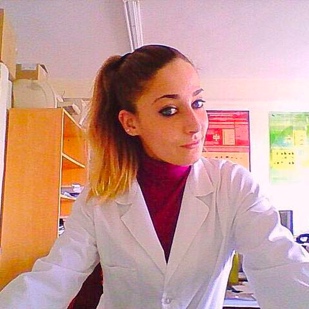
Manuela Mauro is a researcher (biologist and zoologist) at the University of Palermo, STEBICEF Department. She graduated in Natural Sciences and Environmental Sciences and obtained the PhD in International Mediterranean Biodiversity in 2020 studying the acoustic impact of Deep-Sea Mining activities on the behavioral, cellular and molecular responses of vertebrate and invertebrate aquatic organisms. The PhD was carried out in co-tutorship with the Polytechnic University of Valencia. She collaborated with an English company HR Wallingford in Oxford, with the National Research and Promotion Body for Standardization (ENR) and the National Research Council (CNR) in Italy to wrote a technical standard and create a numerical model, useful tools to reduce and contain the acoustic impact on marine biodiversity. Her line of research concerns the extraction of bioactive molecules from aquatic organisms, the evaluation of the health status of aquatic organisms following stressful conditions (e.g., drug pollution, noise pollution, bacterial infection etc.) and the study of biodiversity (e.g., environmental DNA). In particular, the assessment of health following stressful conditions is carried out by studying different biomarkers (e.g., cortisol, total proteins, enzymatic responses, etc.) typical of stress responses on tissues, organs or blood and/or hemolymph samples and studying behavioral responses such as swimming height, group cohesion and swimming speed, which could affect the fitness of a species and the ecosystem itself.
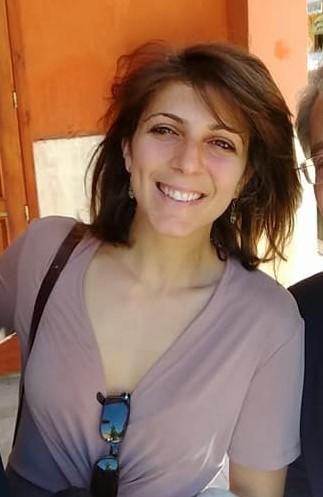
The lecture gives a brief description of a recently developed methodology abe to numerically reproduce the noise field of hydrodynamic sources (for example a marine propeller). Subsequently, some results obtained by the fluid dynamics laboratory at the University of Trieste (IE Fluids) are reported and discussed, also paying attention to noise mitigation systems.
After bachelor’s and master’s degree on Mathematics (at the University of Rome-La Sapienza), Marta Cianferra got her PhD at the University of Trieste in Computational Fluid Dynamics in 2018, the thesis was on hydroacoustics and modeling of cavitation Then, after few years as a post-doc, she is now assistant professor at the University of Trieste, Department of Engineering and Architecture. She joined three main projects (PRELICA, IDROACU, OpenCaviFoam) where the role of the research group she joins was to provide innovative numerical tools for computing noise emissions from ship propellers.
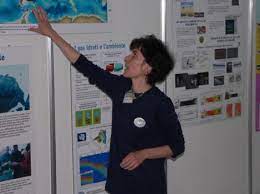
Seismic exploration of the Earth has a long history dating back nearly 200 years. The seismic method is based on the generation of propagating waves of alternating pressure that produce localized areas of compression and rarefaction: it depends on the elastic properties of the host medium. With the development of elastic theory, geophysics were able to study the elastic properties of the Earth. Advances in acquisition methods were achieved through the main interest of oil companies in mapping and characterizing oil and gas deposits. Subsequently, the scientific community began to use active seismic to study the subsurface for many purposes, not only for georesource development (including gas, oil, geothermal, and water) but also for fundamental research (e.g., tectonic reconstruction, presence of fluids). In the following, we will discuss methods for data acquisition in marine environments and illustrate elastic wave propagation as a function of subsurface petrophysical properties. Two practical examples will be reported. The first is the gas hydrate case study, which will be discussed to explain the contribution of the seismic method to the net zero carbon challenge, environmental protection, and understanding of past and future climate change impacts on gas hydrate stability. Finally, an example of the use of the seismic method to detect offshore groundwater resources is explained to highlight the contribution of geophysics to answering important questions from civil society.
Umberta Tinivella is employed at the National Institute of Oceanography and Applied Geophysics (OGS) with present position as senior geophysicist performing research activity using techniques and approaches of oil and gas upstream in the field of applied geophysics, petrophysics, basin analysis, aquifers, pore fluid analysis, focusing on natural gas hydrates in marine and permafrost environments. In 1998 she received the Cagniard Award for the poster presented at the EAGE Conference. She performed simulation of acoustic wave propagation along the drill string considering the border condition (formation, mud, variable geometry, etc.). She studied the possibility to predict overpressure zones from analysis of seismic, log and laboratory data, by using elastic theories, which relate physical properties of rocks to pore pressure in the frame of EU project. In 2005, she received the Best Poster Presentation at the Near Surface Conference. Presently, she works on fluid topic, considering standard and non-conventional processing of seismic data, such as pre-stack depth migration, Amplitude Versus Offset, seismic inversion, modeling and theoretical models to describe the physical properties of fluid, and in particular gas hydrate- and free gas-bearing sediments. She developed a procedure to estimate the concentrations of gas hydrate and free gas from seismic and well data. She is/was the leader of several Gas Hydrate Project supported by Italian government, Oil Company and EU. She is the author of many technical reports and papers on gas hydrate topic and she received several invitations to present her work. Moreover, she is active on dissemination of her research.
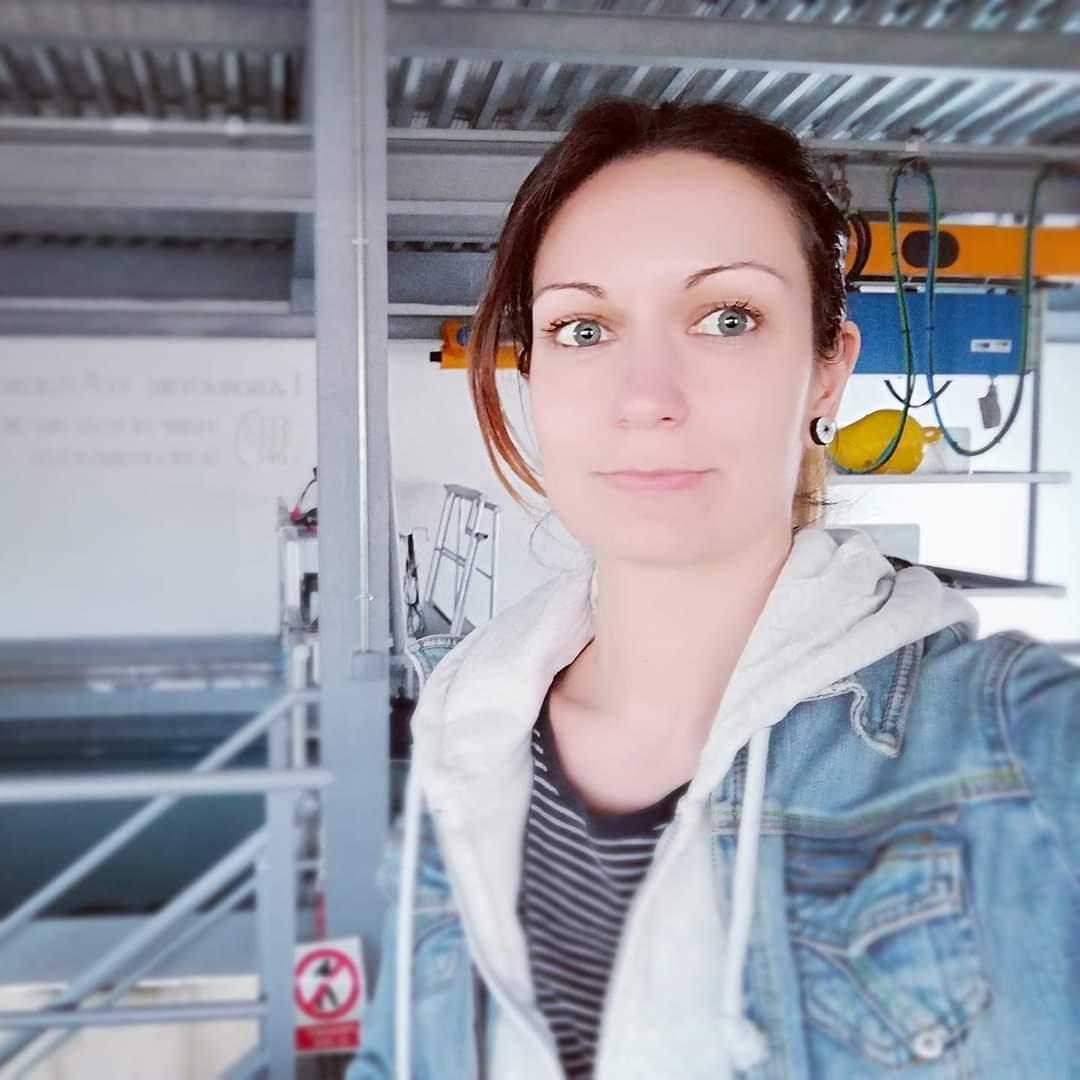
Underwater sounds from anthropogenic sources might affect cetaceans, eliciting masking, behavioral responses, and changes in acoustic repertoires. We do not have enough information to understand the full extent of the issue due to the lack of standardized measurements, scarce information on species distribution, use of habitats, and effects of human-made sources. Once these impacts have been assessed, they need to be translated into effective mitigation measures and policy. Through an interdisciplinary overview of the problem, this talk will explore the biological importance of sound for cetaceans, the differential marine mammal hearing capabilities, and the potential physiological, auditory, and behavioral noise effects on cetaceans.
Alice Affatati has a background in Engineering, but she has tailored her studies to include Oceanography and Marine Biology. She worked in the acoustic telemetry and bioacoustics field in South Africa and Namibia, focusing on studying the movement ecology of cetaceans and great white sharks (Carcharodon carcharias). She has been investigating bioacoustics, oceanography, and underwater noise at GEOMAR (Germany), at the Laboratory of Applied Bioacoustics (Spain), at the National Institute of Oceanography and Applied Geophysics (OGS, Italy), and at Memorial University (Canada). She was part of a group of experts on the effects of underwater noise in the Arctic Ecosystem in the Framework on the United Nations Decade of Ocean Science for Sustainable Development in the Arctic Ocean, and she is now involved in the JPI Oceans SONORA project “Filling the gap: Thresholds assessment and impact beyond acoustic pressure level linked to emerging blue growth activities”. Alice is currently a Ph.D. candidate at UniTS and OGS researching underwater noise from seismic surveys and its effects on cetaceans.
Matías Morales Mas (Kongsberg Maritime Spain)
Jesús Carbajo and Pedro Poveda (UA)
Group picture during the 2023 edition of the Master WAVES Summer School
